From ‘little stories to universal truths’
Little Fortified Stories
by Barbara Black
Qualicum Beach: Caitlin Press, 2024
$23.00 / 9781773861401
Reviewed by Michael Greenstein
*

One way to begin Victoria writer Barbara Black’s Little Fortified Stories is to examine the cover. Designed by the author, it illustrates many of the themes and images in her dynamic book. A woman—arms winged, dress covered with feathers, long hair flowing horizontally—leans sideways, her eyes closed as she dreams of pages flying above her. She’s in front of a doorway framed by red drapery and curled tentacles. These many layers and patterns of floating and flying are present in the tangents of Little Fortified Stories.
Portuguese influences appear in the first and final sections of this collection, which opens with an epigraph from Fernando Pessoa, Portugal’s famous poet: “The unnatural and the strange have a perfume of their own.” Black’s affinity for strangeness appears in her first book, Music from a Strange Planet, while Pessoa’s perfume wafts through Black’s sensory fictions in her follow-up, where the olfactory and oneiric senses have prominent roles. “Origins” explains the background to these stories, as the author samples various port wines in Lisbon and explores the meaning of spirits, from the liquid in her glass to an abstract sense of ghosts and stories: “A little story, its words fortified by voices and images rising as if in a séance, from a very particular Portuguese spirit.” Her stories and spirits spread from Victoria to Lisbon, from the local to the global and universal.
This first section, Distillations, ranges from port to whiskey, as the author distils several liquors and short fictions, each one framed by a particular setting. “Old Love” is framed by Burmester LBV 2007m Porto Rosso, the drink and port providing a haven for writing about Amália Rodrigues’ song, “Fado Português.” Black moves seamlessly between genres, with poetry in her prose and music in her paintings that accompany and fortify many of her stories. From the speaker’s opening “Let me tell you about love,”she shifts to narrative description: “Half of the sun still glowed on the horizon. There was a drop of olive oil on her bottom lip.” Split sun and lip hint at surreal vision, as well as the difference between male and female: “I loved opera, but his soul was fado. I was arias. He was laments.” Black sings of desire in rhapsodic and elegiac colours: “The air swelled with a cessation of sound.”
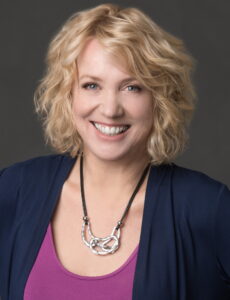
Her surrealist manifesto is influenced by British-Mexican artist Leonora Carrington: “The task of the right eye is to peer into the telescope while the left eye peers into the microscope.” Black’s vision goes beyond the binocular into a multi-ocular world where compressed distillations explode into a section titled Disorientations. She inherits a “telescoped eye” and “unfloating eternal eye.” The first story in Disorientations explores Nietzsche’s sense of an ending. The first entry is in Genoa, 1882 where the philosopher dreams: “Nietzsche joins the dance, his body cycling through fluidity, defiance, passion.” This danse macabre cycles through surrealism with a figure raising its arms “as if clasping a sun.” Black’s choreography flies off the handlebars of her motorcycle that travels from Victoria to places far and wide.
The second entry is in Turin, 1888 as Nietzsche dreams that his moustache gets transferred to Hitler: “Soon it will be promoted to Minister of Culture and tout the nationalist merits of Wagnerian opera. It will crave the sound of jackboots pounding pavement.” From this disorienting mirror vision, Black finds the end in Basil, 1889: “Nietzsche looks in the mirror. He sees Voltaire, Caesar and Napoleon.” On the one hand, her multi-ocular mirror flies off handlebars; on the other hand, she may be a fly on the wall observing Sartre’s flies and David Cronenberg’s fly in surreal intertextual dances.
“Advice While Staying in the Maasai Mara” follows her Nietzschean vision: “Sleep with one eye open. Keep the dreaming one open, not the other one. The dreaming eye is more tender, more observant, the more exuberant of the two.” The tale spins into Borgesian and Kafkaesque surrealism from a narcissistic zebra “that requires five three-way mirrors” and a mongoose with “a nine-way conversation in high pitches.” Black’s polyphonic language and animals include “electric stinging beetles,” which lead inevitably to “Kafka’s Dream Diaries.”
In this surreal dream sequence Kafka falls asleep on a train to Leipzig. He sees layered mountains under two moons, and a stampede appears on the horizon. Although the crowd shouts “Hail the leader!,” these words do not refer to Hitler, but rather to Kafka’s friend, Max Brod, who appears nude on an opulent sedan chair. Emperor Brod issues a decree: “Franz Kafka is hereby rewarded with the task of building a Great Wall, stone by stone, around a Great Tower which itself will house every word he ever wrote.” Black enters Kafka’s tower and tomb, fortifying her little stories with his parables. “Emperor Max says the Great Tower will be topped with an enormous, flashing, rotating ‘K’ that will outshine all the other planets in the galaxy.” From this grandiose imperial statement, the narrator topples the tower, flashes her fiction, and deflates the unclothed emperor: “People are always less convincing without their clothes.”
The next section descends from these imaginary heights to “A ghostly cabaret in the Jewish ghetto underneath a printer’s shop.” A grotesque vision follows: “Cockroach coaches scuttle to and fro at my feet.” To these scuttling roaches she adds Freud smoking cigars: “Doctor Freud on stage dressed as Oedipus.” Between Prague and Vienna, she envisions a courtroom “full of carnivalists” who announce “The Metamorphosis!” Black costumes her modernist characters in polyphonic shades of the carnivalesque, filled with smoke and inhalation of a white substance. Kafka proclaims that “Books are a narcotic,” and Black and her reader become addicted to these postmodern petits recits.
Her identification with Kafka (whose name means crow) appears in her colour code: “Was it an accident that a black word became a crow and a white word a dove?” This question appears at the beginning of “Just for the Record,” which flies through birds and words to conclude with “But the next time, call on the birds and they’ll give you the real story.” Black registers and records little meta-fictions to give us the surreal story. Just as she plays on and with her surname, so in ”Observations from a Visit to the Museum of Saint Barbara” does she exploit the variations on her given name. The first section opens her tripartite exploration: “1. St. Barbara of Nicomedia, my holy namesake, offers protection from lightning, kitchen explosions and mid-life detonations.” Her explosive fictions end in another tri-polar vision: “11. The saint’s tower has three windows: one to see god; the next to look down on Van Eyck’s masons toiling to finish the never-finished tower; and the third window to cast her glance toward the hard edge of the world.”
Black’s meta-fictional fortifications detonate beyond frames to glance surrealistically on original edges of the world. Her visual provocations distil essences far and wide from Pessoa to Kafka, from Victoria to Vienna, and from little stories to universal truths.
[Editor’s note: Barbara Black will read in Victoria on June 19, 6-8 pm. She’s in Vancouver on June 26, 6:30-9, reading with Pat Dobie and Kevin Spenst]
*
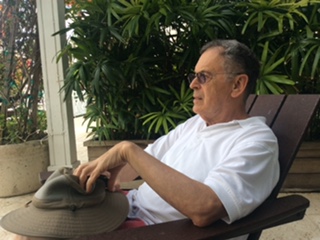
Michael Greenstein is a retired professor of English (Université de Sherbrooke) and the author of Third Solitudes, as well as some 200 essays and reviews on Victorian, Canadian, and Jewish literature. [Editor’s note: Michael Greenstein recently reviewed Rhea Tregebov in BCR.]
*
The British Columbia Review
Interim Editors, 2023-25: Trevor Marc Hughes (nonfiction), Brett Josef Grubisic (fiction and poetry)
Publisher: Richard Mackie
Formerly The Ormsby Review, The British Columbia Review is an online book review and journal service for BC writers and readers. The Advisory Board now consists of Jean Barman, Wade Davis, Robin Fisher, Barry Gough, Hugh Johnston, Kathy Mezei, Patricia Roy, Maria Tippett, and Graeme Wynn. Provincial Government Patron (since September 2018): Creative BC. Honorary Patron: Yosef Wosk. Scholarly Patron: SFU Graduate Liberal Studies. The British Columbia Review was founded in 2016 by Richard Mackie and Alan Twigg.
“Only connect.” – E.M. Forster
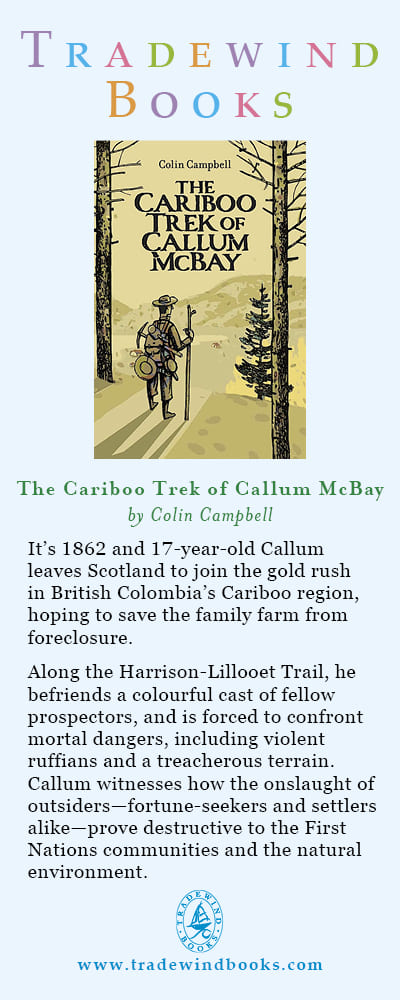


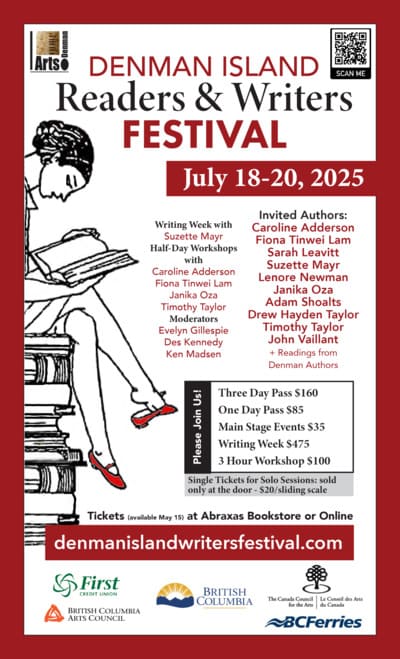
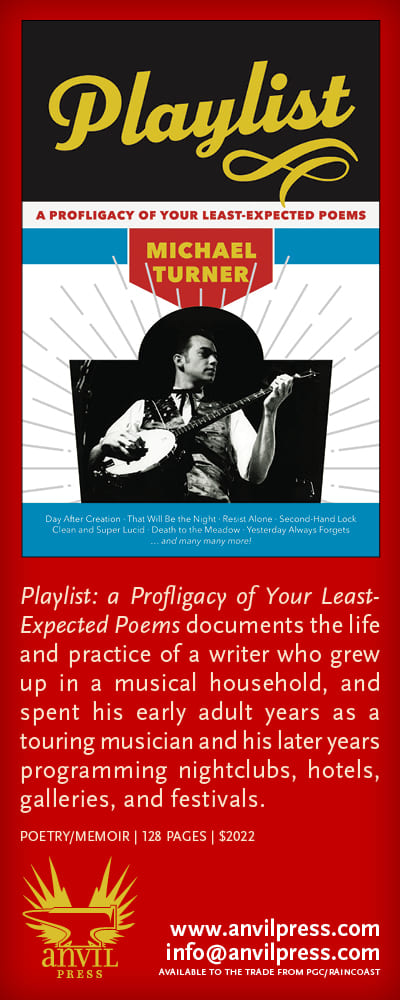






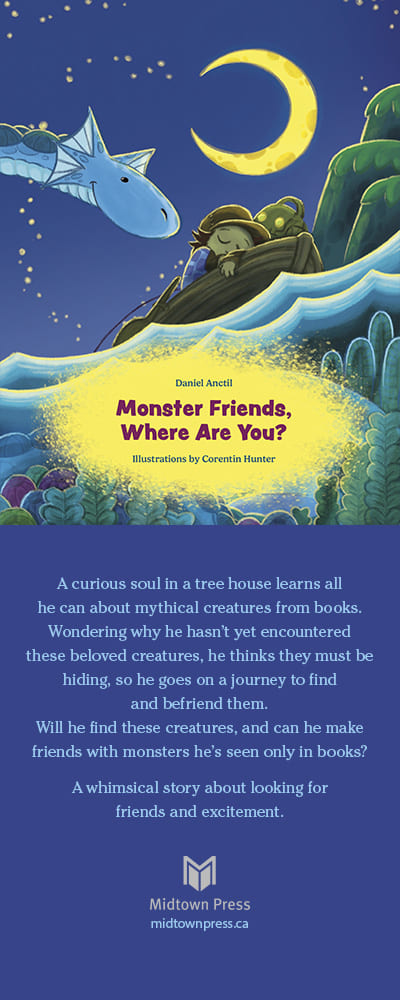

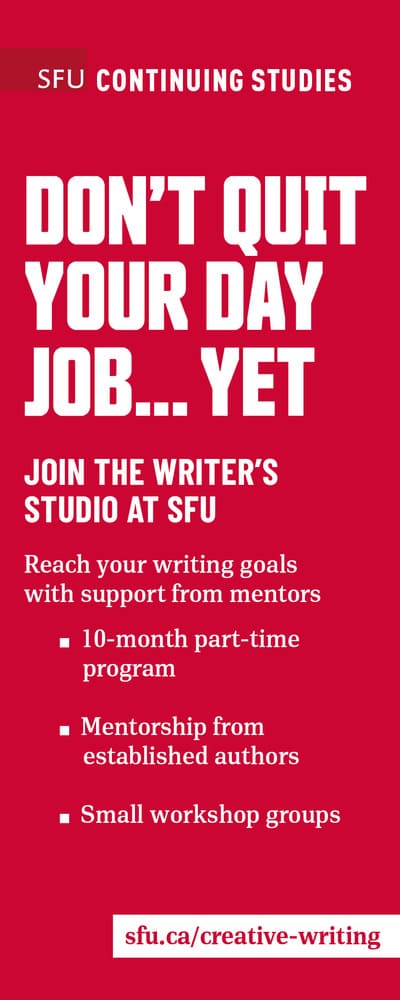



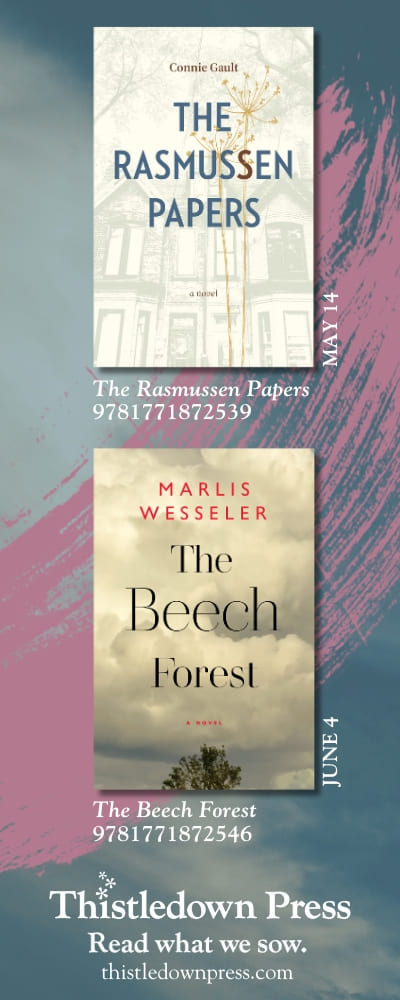




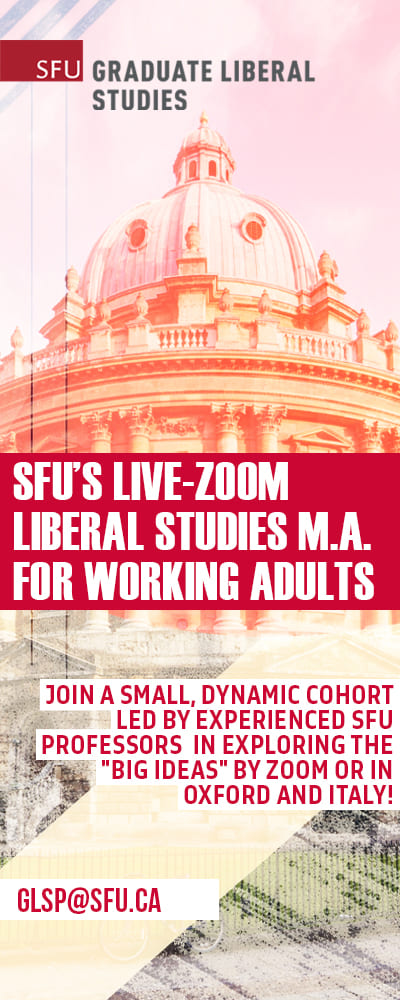
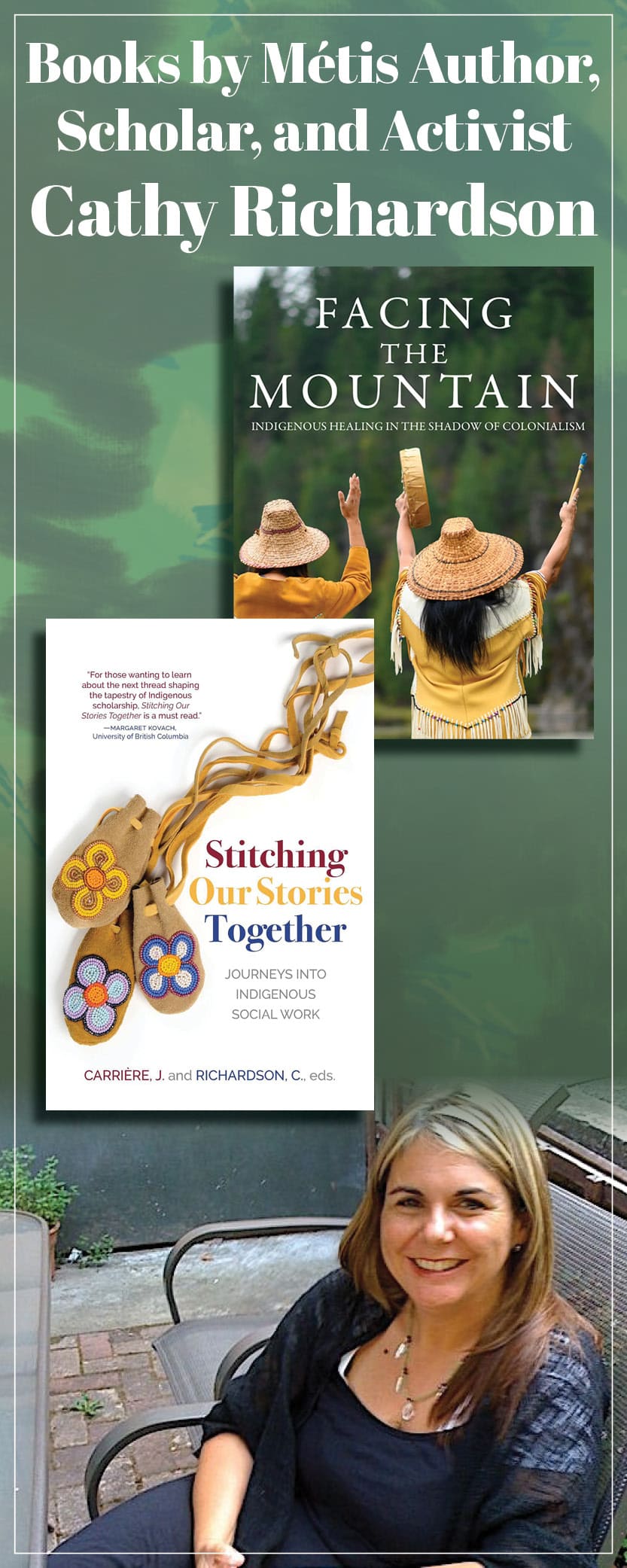
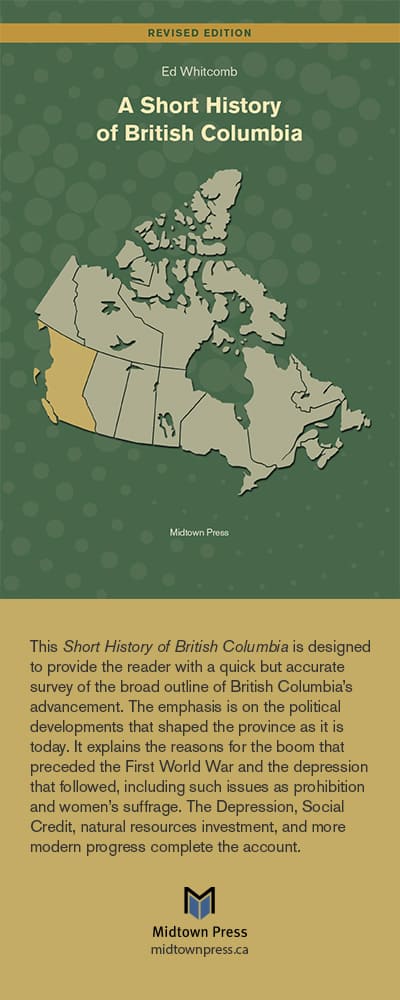

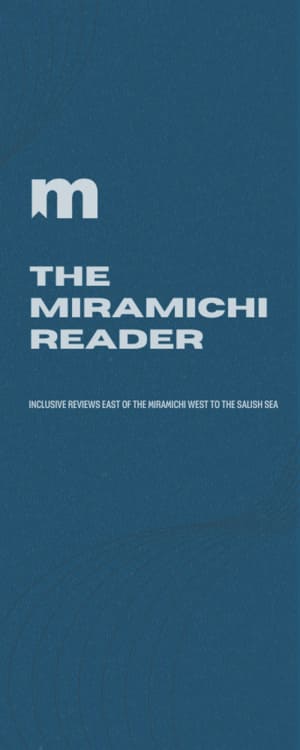

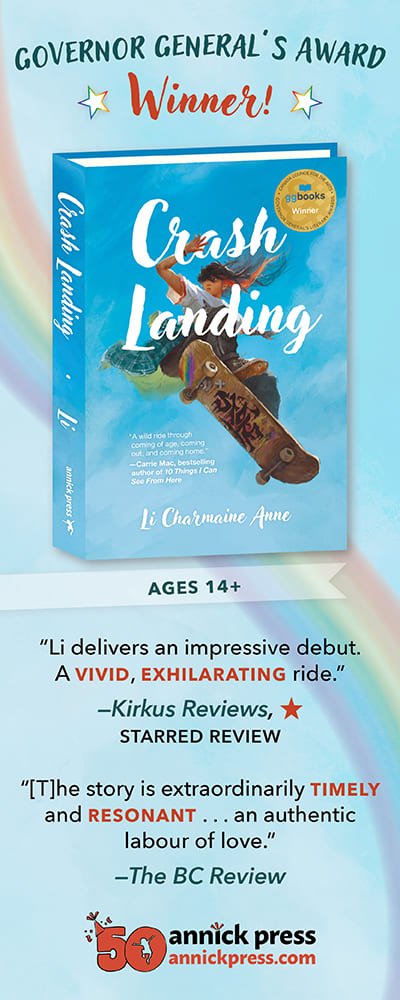
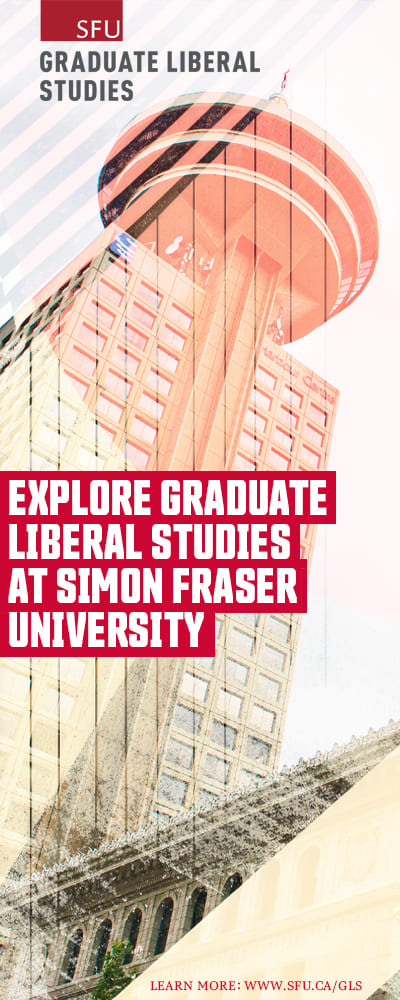

One comment on “From ‘little stories to universal truths’ ”